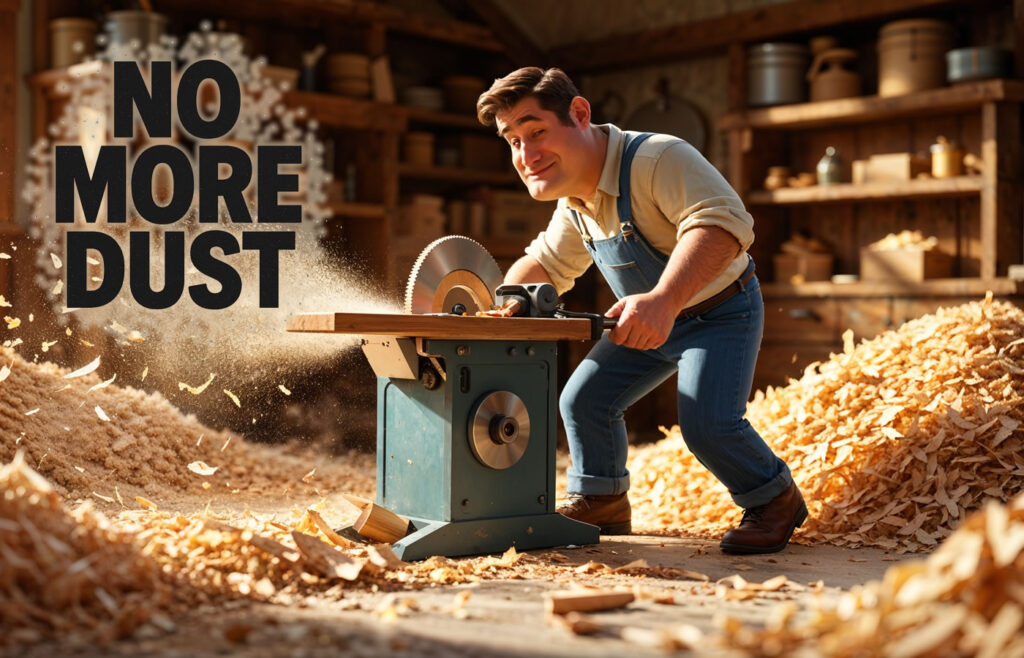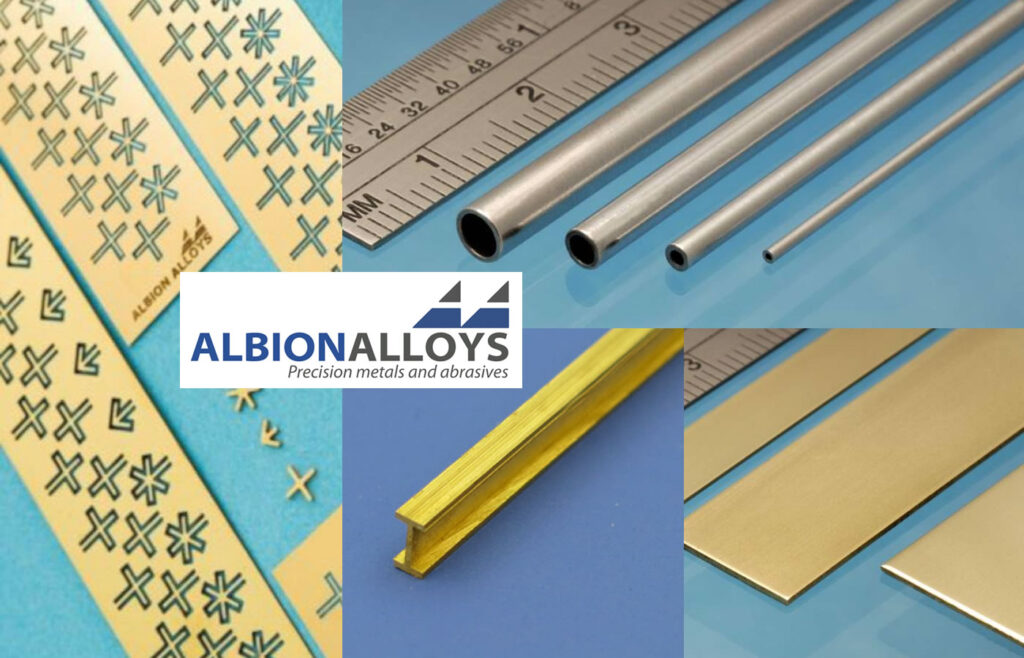That’s where Beber carving knives shine, whether you’re a seasoned woodcarving expert or an absolute beginner, these knives offer the perfect balance of precision, control and durability. From chisels and gouges to specialty knives, each piece is crafted to enhance your creative projects. Explore the perfect blend of tradition and innovation with Beber’s trusted carving tools.

Why Beber Carving Knives Are Perfect for Every Woodcarver
Crafted for smooth, effortless cuts, Beber knives make it easy to shape wood with confidence. Their razor-sharp blades stay sharp longer, while the ergonomic handles ensure comfort during long carving sessions. No matter your skill level, Beber tools help you unlock creativity while making wood carving an enjoyable and fulfilling experience.
Ready to start your carving journey? Beber knives are the trusted choice for every woodworker.
If you’re coming from a metalworking/engineering background (or have no carving experience at all), transitioning to wood carving is very achievable. You just need the right approach. Here are some practical tips to help you get good at wood carving quickly and safely:-
1. Start with the Right Tools (Less is More)
- As a beginner, you don’t need a huge set. Just 2-3 high-quality knives (like Beber’s detail knife or whittling knife).
- Try and keep all 10 fingers and your arteries intact. Wear a kevlar glove.
- A sharpening stone is a must—wood carving requires a razor-sharp edge(dull blades are dangerous!).
- If you’re used to metalwork, resist the urge to use power tools at first—hand carving teaches better control.
2. Choose Beginner-friendly Wood
- Basswood (linden) is the best for starters. It’soft, fine-grained and easy to carve.
- Avoid hardwoods (oak, maple) and knotty wood until you’re more experienced.
3. Learn Basic Cuts & Grips First
- Push cut (thumb-assisted control).
- Pare cut (slicing motion).
- Stop cut (creating clean edges).
- Practice these basics on scrap wood before attempting a project.
4. Start with Simple Projects
- Spoon carving (great for learning curves and hollows).
- Relief carving (flat-back designs, like signs or ornaments).
- Whittling small figures (animals, mushrooms, simple shapes).
5. Safety First (Especially for Metalworkers!)
- Always carve away from yourself (wood is softer than metal but can still cause bad slips).
- Wear a cut-resistant glove on your non-dominant hand.
- Secure your workpiece with a bench hook or clamp.
6. Use Your Metalworking Skills to Your Advantage
- Carve with the grain.
- Precision and patience from metalworking will help—wood carving is slower and more tactile.
7. Watch & Learn from Carvers
- YouTube channels like Doug Linker, Carving Is Fun is great for beginners.
- Follow wood carving forums.
8. Expect Mistakes
- Wood is forgiving, you can sand, fill, or adjust designs as you go.
- Every “failed” carve is a lesson in grain behavior and tool control.
9. Make It Relaxing (The Best Part!)
- Wood carving is meditative. Focus on the process, not perfection.
- Try 10-15 minutes daily to build muscle memory.
10. Upgrade as You Improve
- Once comfortable, try chisels & gouges for more detail.
- Experiment with hardwoods and power carving (if you like machinery).
Final Tip: Since you’re coming from metal engineering, you’ll likely appreciate the precision and craftsmanship of wood carving. Just remember, wood moves and behaves differently than metal. Start slow, keep tools sharp, and enjoy the creative freedom!




